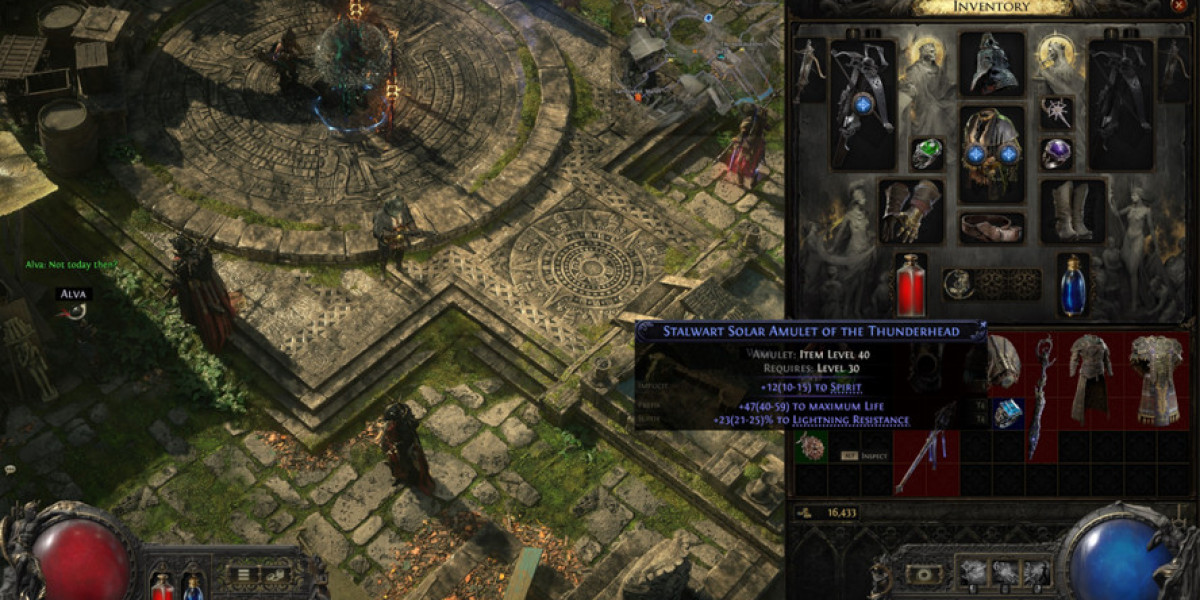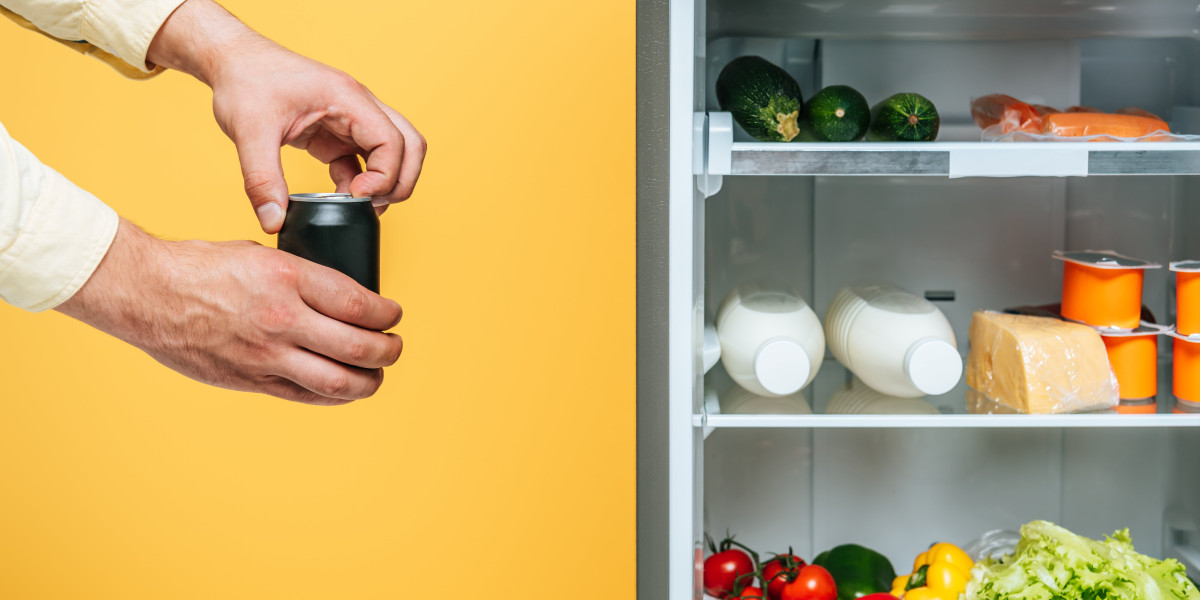Ping pong, also known as table tennis, is a fast-paced and thrilling sport enjoyed by millions worldwide. Whether you're a casual player or a competitive enthusiast, the ping pong game offers endless fun, improves reflexes, and enhances hand-eye coordination. In this comprehensive guide, we’ll explore the history, rules, equipment, techniques, and benefits of ping pong, along with tips to improve your game.
History of Ping Pong
Ping pong originated in England during the late 19th century as an after-dinner parlor game. Initially called "whiff-whaff," it evolved into table tennis when manufacturers began producing specialized equipment. The name "ping pong" was trademarked in 1901, leading to the sport's official recognition.
By the 1920s, international competitions emerged, and in 1988, ping pong became an Olympic sport. Today, it’s played in homes, schools, and professional tournaments worldwide.
Basic Rules of Ping Pong
Understanding the rules is essential for enjoying a fair and competitive ping pong game. Here’s a quick overview:
1. Scoring System
A standard match consists of best-of-five or best-of-seven games.
Each game is played to 11 points, with a two-point lead required to win.
Players alternate serves every two points.
2. Serving Rules
The ball must rest on an open palm before being tossed at least 6 inches and struck.
The serve must bounce on the server’s side first, then the opponent’s side.
In doubles, serves must go diagonally from the right half of the table.
3. Legal Play
The ball must bounce once on each side before volleys are allowed.
A point is lost if the ball:
Fails to clear the net
Bounces twice on one side
Is hit out of bounds
Essential Ping Pong Equipment
To play ping pong, you need the right gear. Here’s what you’ll need:
1. Ping Pong Paddle (Racket)
Made of wood and rubber, paddles vary in grip (shakehand or penhold) and rubber type (smooth or pimpled).
Beginners should opt for all-round paddles, while advanced players prefer specialized offensive or defensive models.
2. Ping Pong Balls
Standard balls are 40mm in diameter, made of lightweight plastic (formerly celluloid).
Competition-grade balls are marked with ITTF approval.
3. Ping Pong Table
Official dimensions: 9 ft long, 5 ft wide, 2.5 ft high.
The surface should provide consistent bounce (usually made of wood or composite materials).
4. Net and Post Set
The net divides the table and should be 6 inches high.
Ping Pong Techniques & Strategies
Mastering different techniques can elevate your ping pong game. Here are key skills to practice:
1. Basic Strokes
Forehand Drive: A fundamental attacking shot with a forward swing.
Backhand Push: A defensive stroke used for short, low balls.
Topspin: Brushing the ball upward to create forward spin.
Backspin (Chop): Slicing underneath the ball to reduce speed and bounce.
2. Serving Techniques
Short Backspin Serve: Forces the opponent to lift the ball.
Long Fast Serve: Surprises the opponent with speed.
Side Spin Serve: Curves the ball unpredictably.
3. Footwork & Positioning
Stay on your toes and maintain a balanced stance.
Use small, quick steps to adjust to the ball’s position.
4. Advanced Strategies
Third-Ball Attack: Serve, receive, then attack aggressively.
Counter-Looping: Exchanging powerful topspin shots.
Blocking: Deflecting fast shots with minimal motion.
Health Benefits of Playing Ping Pong
Beyond being fun, ping pong offers numerous health advantages:
✅ Improves Reflexes & Coordination – The fast-paced nature sharpens reaction time.
✅ Boosts Brain Function – Enhances focus, strategy, and mental agility.
✅ Burns Calories – A high-energy game can burn 200-300 calories per hour.
✅ Low-Impact Exercise – Gentle on joints, making it ideal for all ages.
✅ Social Interaction – Encourages teamwork and friendly competition.
Tips to Improve Your Ping Pong Game
Want to dominate the table? Follow these expert tips:
✔ Practice Consistently – Regular drills improve muscle memory.
✔ Watch Professional Matches – Learn from top players' techniques.
✔ Use Spin Effectively – Master topspin, backspin, and sidespin.
✔ Stay Relaxed – Tension reduces control and reaction speed.
✔ Play Against Better Opponents – Challenges help you grow faster.
Popular Ping Pong Tournaments & Players
Ping pong has a thriving competitive scene. Some major events include:
? Olympic Table Tennis – The pinnacle of international competition.
? ITTF World Championships – Features top-ranked global players.
? World Cup of Table Tennis – Prestigious annual tournament.
Legendary Players
Ma Long (China) – Considered the greatest of all time (GOAT).
Jan-Ove Waldner (Sweden) – Nicknamed "The Mozart of Table Tennis."
Ding Ning (China) – Dominated women’s table tennis for years.
Conclusion
Ping pong is an exhilarating sport that combines speed, skill, and strategy. Whether you're playing for fun or competition, mastering the basics, refining techniques, and using the right equipment will enhance your experience. Plus, the physical and mental benefits make it a fantastic activity for all ages.
Ready to step up your ping pong game? Grab a paddle, find a partner, and start playing today!
FAQs About Ping Pong
Q: Is ping pong the same as table tennis?
A: Yes, "ping pong" is a casual term, while "table tennis" is the official name in competitive play.
Q: How do I choose the best ping pong paddle?
A: Beginners should opt for an all-round paddle, while advanced players may prefer specialized offensive or defensive blades.
Q: Can ping pong help with weight loss?
A: Yes, it’s a great cardio workout that burns calories while being low-impact.
Q: What’s the difference between ping pong and tennis?
A: Ping pong is played on a table with smaller paddles and a lighter ball, while tennis is played on a court with rackets and a larger ball.








